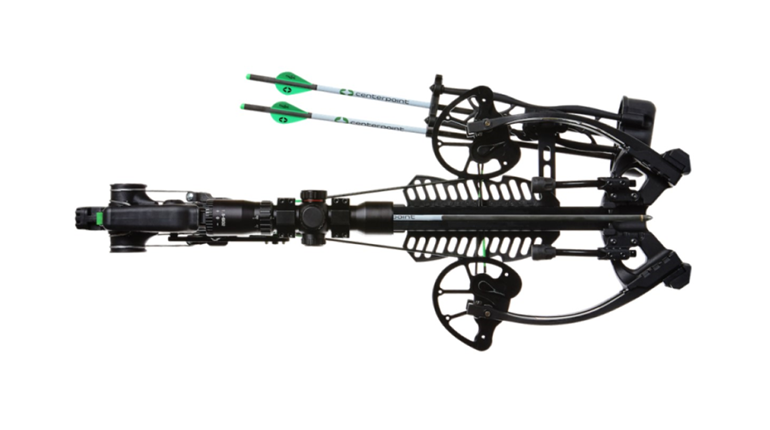
Thanks to the National Archery in the Schools Program-and the phenomenon called the Katniss Everdeen effect (she was the main character in The Hunger Games)-archery is one of the fastest-growing target-shooting sports among all kids, and especially girls. That's a good thing because archery teaches kids discipline and concentration, and it gives them something fun to do outside with or without their friends. Here are five simple tips for teaching your child archery.
1. Buy a bow that fits your child.
For the sake of your pocketbook, choose one that's adjustable over a large range so your child can use it throughout his or her growing years. Preferably, take your child to a bowshop to find their draw length and draw weight. Or you can measure them at home by measuring the distance from their outstretched hand held out to the side, to the corner of their mouth while they look at their outstretched hand. This is the approximate draw length. Typical draw lengths for kids ages 5 to 10 are 19 to 23 inches. Some great, highly adjustable bows for kids are the Mathews Genesis, Diamond Infinite Edge, Barnett Vortex and others. For a more advanced bow for older shooters who intend to hunt down the road, the Quest Storm is excellent. But do not rule out traditional-style recurve bows like PSE's Razorback. Traditional bows have a built-in component of adjustability, because the farther back they are drawn, the more draw weight they exhibit.
Buy arrows that fit the bow (if you don't buy a kit, consult a local bowshop for properly “spined” arrows.) Arrows that are do not fit the bow's draw length and draw weight do not shoot as well. Buy an inexpensive hip quiver, a finger glove and an arm protector. The last thing you want your young archer to do is skin her forearm on shot number one.
2. Start simple.
Although your student will want a bow just like daddy's, it's best to start youngsters out with a simple bow without a bunch of accessories so the proper fundamentals can be taught, learned and practiced.
For example, begin archery without the use of a mechanical release aid. Instead, teach proper fundamentals with the age-old finger release. Furthermore, do not initially install a bowsight on your child's bow until the fundamentals are learned. A child who learns instinctive shooting will be a better overall shooter in the future.
3. Use large targets.
Begin by shooting at large targets, such as pie plates, balloons and pizza boxes. Although it's advisable to “aim small, miss small” as in all shooting sports, that doesn't mean the actual target must be small. Instruct your child to focus and aim on the center of the paper plate. It's easy for all shooters to become obsessed with hitting a tiny bullseye when the youngster should be focusing on proper shooting form. Bullseye shooting will come later.
4. Teach the proper fundamentals.
Begin with a comfortable stance. Have your archer stand with his toes 90 degrees from the target, or slightly less, so that the arm with which he grips the bow can be extended and held naturally toward the target. The grip should be loose; like holding a baby bird. Next, focus on a proper and consistent anchor point with the string hand. For most people, this point is the corner of the mouth or the point of the jaw. A consistent anchor point will ensure accurate shooting and consistent arrow speed. Next, stress a smooth and consistent release where the fingers do not move from the anchor point but simply relax to allow the string to slip from them. Finally, make sure the young archer follows through the shot by keeping the bow aimed at the target until the arrow strikes it. For more information, consider buying a book on archery fundamentals. There are hundreds available, including one called “The Archery for Beginners Guidebook.”
5. Get the range ready.
Before shooting the first arrow, make sure your target range is set up properly, and that it's organized. Place a nice target and backstop (hay bales are preferable), in short grass. If you have the resources and space, an old rug hung between two trees makes an excellent backstop. Your target it doesn't have to be fancy, but it needs to be large enough to stop errant shots and tough enough to prevent arrows from sailing through it. If your child is small and uses a very light draw weight, a cardboard box stuffed with foam packing material might work. Choose an open area with plenty of space, and consider setting up a table or bow rack near the position from which you intend to shoot. This will facilitate setting the bow, arrows and accessories down each time your child ventures to retrieve the arrows. Begin shooting from 5 to 8 yards, and only move back when your archer is consistently hitting the target. Remember, the first few times your child tries archery is not the time to forge an Olympic athlete. If you make it fun and plant the seed of interest, archery can become a healthy, life-long hobby.







































